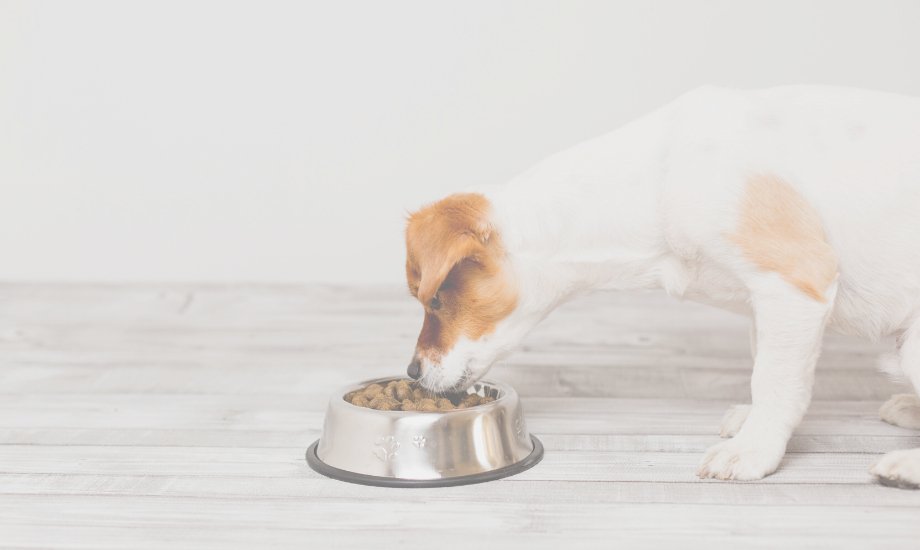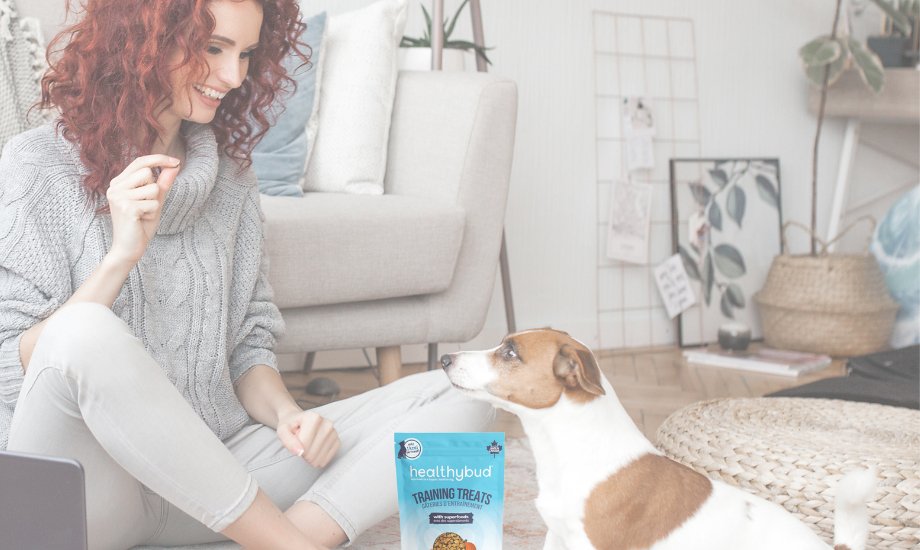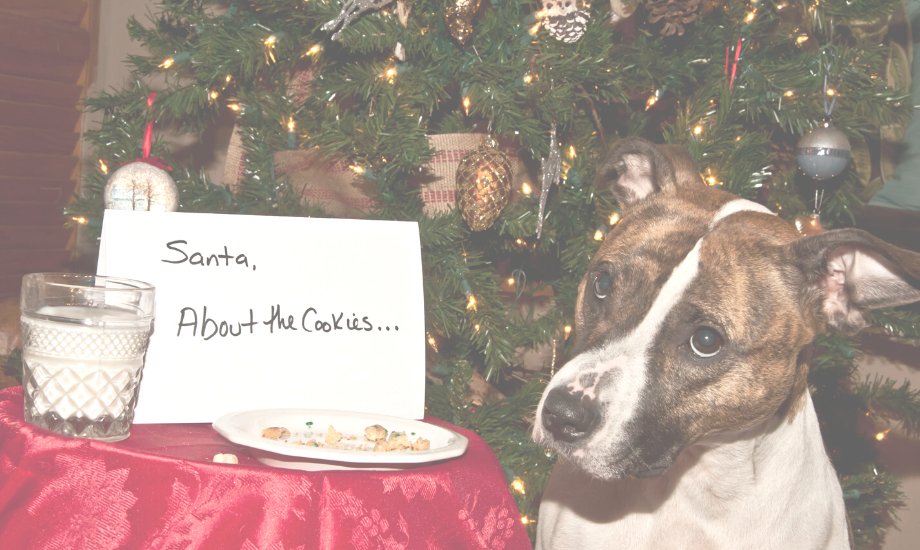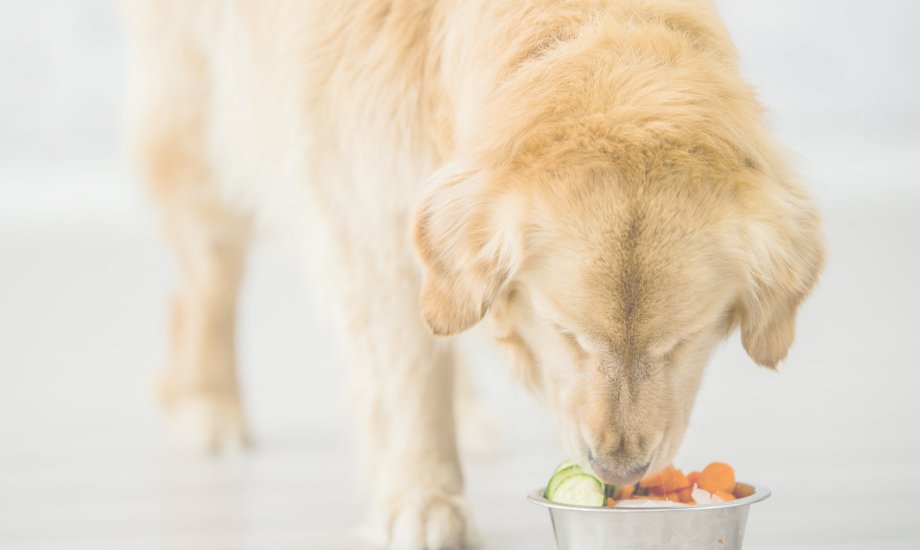Read Time: 3.5 Minutes
You’ve probably heard that you should always read food labels to make sure you’re putting healthy, high-quality ingredients into your body instead of ethyl maltol (or some other sneaky, hard-to-pronounce name for sugar).
Well, that’s not just true for human food… it’s also true for dog food. Our best buds deserve healthy, high-quality ingredients, too!
The tricky part is knowing exactly WHAT to look for — and, even more importantly, knowing what to avoid.
That list can get pretty long and obviously depends on your pet’s individual needs, but let’s get the ball rolling with five common dog food ingredients to avoid.
You definitely don’t want these things in your dog’s food, so if you see them on a label in a pet store… run!!! Just kidding. You can simply place the item back on the shelf and keep looking.
5 Dog Food Ingredients To Avoid
- BHA (butylated hydroxyanisole), BHT (butylated hydroxytoluene), or ethoxyquin. These controversial synthetic preservatives extend the shelf life of dog food and are considered safe in small quantities… but that doesn’t make them healthy. Ethoxyquin has been associated with skin allergies, reproductive problems, cancer, and organ failure in some dogs and the U.S. Food and Drug Administration even made dog food manufacturers halve the amount they can use because of possible liver damage.
- Meat and meat meal. The problem isn’t with your dog eating meat but with the fact that the meat is unnamed. What kind of meat are we talking about? What’s the nutritional value? We have no way of knowing. When reading the label, you’ll want to look for specific types of meat like chicken, turkey, salmon, beef or lamb. You may want to avoid meat meal and animal byproducts because they’re often made with leftover scraps from meat factories.
- Carrageenan. Carrageenan is sometimes used to give pâtés, loaf-style dog foods, and wet dog foods their jelly-like yet firm consistency. It’s made from seaweed so you might think it’s healthy but Dr. Gary Richter, veterinarian and author of the bestselling book, “The Ultimate Pet Health Guide,” says it can cause “digestive issues and even serious health problems.”
- Propylene Glycol. This chemical is found in dog food to keep it moist and in… get ready for it… antifreeze. Even so, Dr. Joe Schwarcz, director of McGill University’s Office for Science and Society, says it’s actually pretty harmless in human food BUT this may be different with dogs since they usually eat the same food every day so they’d be ingesting it continually. It’s also known to be toxic for cats. Dr. Schwarcz points to a lawsuit in which a California man claimed two of his dogs got sick and one died after he began feeding them ‘Benefit’ by Nestle Purina Dog Care due to either propylene glycol or ochratoxin. Basically, Dr. Joe Schwarcz says propylene glycol hasn’t been studied enough in terms of its impact on dogs and he recommends airing on the side of caution.
- Artificial colouring. Dr. Judy Morgan, a New Jersey-based vet, says “dyes of any sort do not belong in pet food [...] Red 40, Yellow 5, and Yellow 6 all contain benzidene, which, according to the Environmental Health Perspectives journal, is a human and animal carcinogen.”
So, what do you want to see on dog food labels then?
Just like with human food, the simpler and more natural the better. You should be able to understand (or at least pronounce) each ingredient on the label.
This is why it’s so important to seek out brands and stores you can trust to bring you high-quality products. A great example is Quebec-based pet retailer, Mondou, which specializes in selling well-balanced, nourishing foods (and BTW Healthybud just became available in all 78 of its locations).
Now, time to take a good look at your dog’s food and see how the label stacks up.
Stay healthy, stay happy, stay curious #healthygang!
Lots of love,
-The healthybud team
DISCLAIMER: The information presented here is not meant to replace your vet’s advice or prescribed medications, but only to suggest additional options to explore, based on your dog’s condition.





